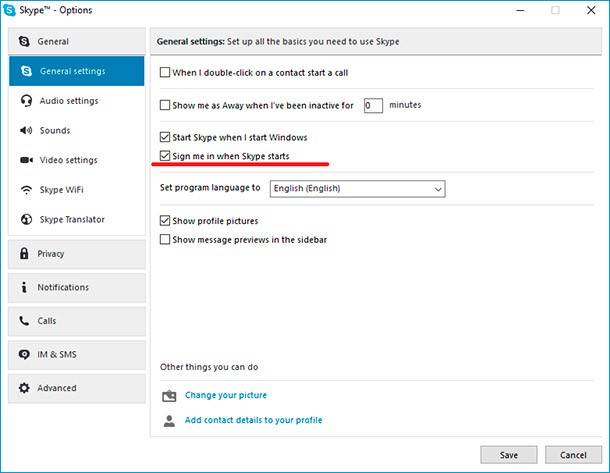

For example, if you have the 2.0.0.98 version of the Azure AD PowerShell module installed, you can load the necessary DLL via: Add-Type -Path 'C:\Program Files\WindowsPowerShell\Modules\AzureAD\2.0.0.98\.dll'
#IS THERE A WAY TO FIND SKYPE PASSWORD IN REGISTRY INSTALL#
The asterisks in the Pass token column indicate modules that do not have a parameter to pass the access token to, but for which certain workarounds exist.Īnyway, in order to get the token programmatically, one can use the ADAL binaries that come with the install of any of the above modules. Some of the modules do have support for passing a token as noted in the above table. (The asterisks in the Pass credentials column designate the modules which use legacy authentication when the Credentials parameter is invoked)Īn alternative to this approach is to completely bypass the PowerShell modules and get an access token programmatically, then pass it directly, which is what we will discuss in the current article. This enables you to use the account to automate scripts or execute scheduled tasks, while at the same time still making sure it’s protected by additional authentication factors for generic requests. Similarly, if you have configured second-factor authentication via Azure MFA, you can use the trusted locations functionality. For example, you can modify your claims rules to ensure that when the request is coming from a particular user, IP or application, no additional authentication will be required. The option to pass credentials is an important one, as you can combine it with different methods to bypass the need to perform second-factor authentication.

The table below summarizes the current landscape: For example, some of the modules do not support the Credentials parameter, other support it but automatically fallback to using legacy authentication when this parameter is invoked and so on. However, the implementation across the different modules leaves a lot to be desired because of the different approach taken by each team. Most of the Office 365 PowerShell modules now support Modern authentication and that’s a very good thing.


 0 kommentar(er)
0 kommentar(er)
